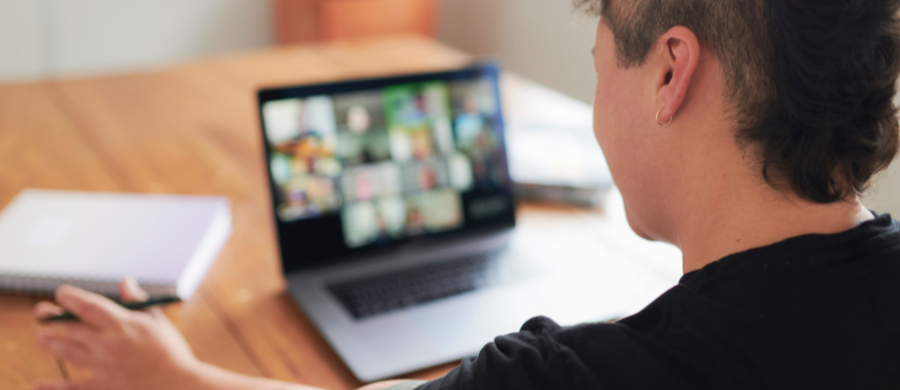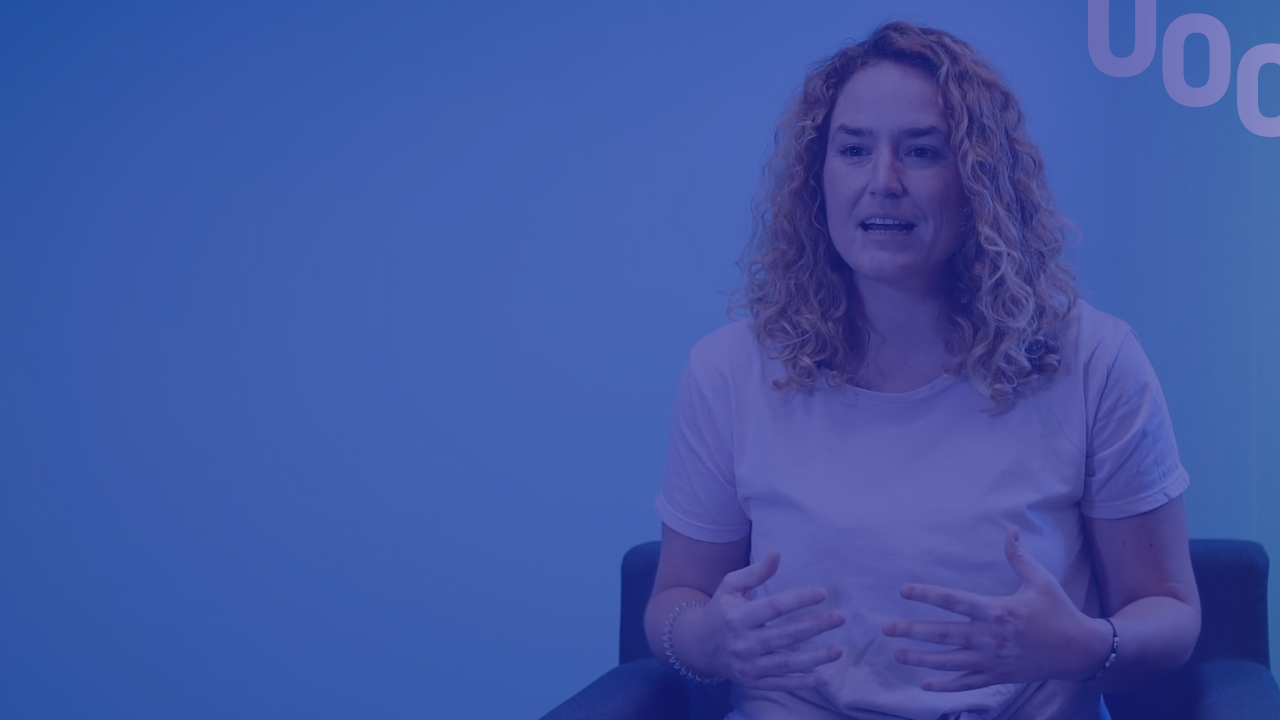A guide with content to promote diversity and inclusion in higher education
Subject: Psychology and Educational Sciences
The new guide provides guidelines to ensure that learning resources reflect the diversity of society
Selected content includes books, articles, reports and guides for teachers
Find out about the UOC's diversity initiatives to promote skills such as intercultural sensitivity and critical thinking
The UOC's classrooms bring together students with very different skills, experiences and life circumstances. In inclusive educational environments, this diversity is seen as an opportunity for students' personal, social and professional development, with curricular approaches that celebrate difference and the use of learning materials that make everyone feel represented. The Diversity and interculturality in learning resources library guide contains a selection of content for current and future teachers who want to make their classrooms more inclusive and take a critical look at the learning resources they use.
What will you find?
The first section of the library guide is a general introduction to the concepts of interculturality, diversity and inclusion. It contains guides, reports and handbooks to learn more about these issues from the perspective of higher education institutions.
The library guide features a wide range of resources, including a guide to communicating from an intercultural perspective and a handbook on managing diversity in teams. The INVITED project report Diversity, Equity and Inclusion in European Higher Education Institutions provides further context on diversity in these places of learning.
The second section focuses on different dimensions of diversity in teaching: gender and sexual orientation, ethnic origin, disability and mental health, religious beliefs and technological skills.
This section of the library guide includes:
- "Decolonising your learning resources: representation matters", an article that explores the concept of decolonization and provides guidelines for selecting learning resources.
- "Universidades inclusivas. Análisis de buenas prácticas y propuestas de implementación" [Inclusive universities. Analysis of good practices and implementation proposals], an article by Jordi Planella and Roger Oriol that identifies some good practices when it comes to making education inclusive and rejecting systems of exclusion.
- "La perspectiva de gènere en la docència UOC" [The gender perspective in UOC teaching], an interview with Maria Olivella, coordinator of the UOC Equality Unit, in which she explains the actions the university can take to make resources equal, inclusive and a spotlight for women leaders.
- How to create an inclusive virtual learning environment, a webinar by Alexandra Sedlovskaya, an expert in diversity management and inclusion in the world of education, which offers the keys to turning the classroom into an inclusive and enriching learning environment.
The last section of the library guide contains reference materials on inclusive education and additional resources to explore the topic in more depth.
For example:
- "Inclusive education in universities: practices and problems", an article that examines experiences of implementing inclusive education in educational institutions and identifies both common problems and possible solutions.
- "Inclusive Teaching", an article about an interactive guide designed to help STEM teachers implement inclusive teaching practices, with a particular focus on racial, ethnic and gender differences.
The Diversity and interculturality in learning resources library guide was curated by the UOC's Alliances, Community and Equity department and the Library team. It is intended to be a starting point for building more inclusive classrooms and promoting education that prepares students for a diverse and complex world.


